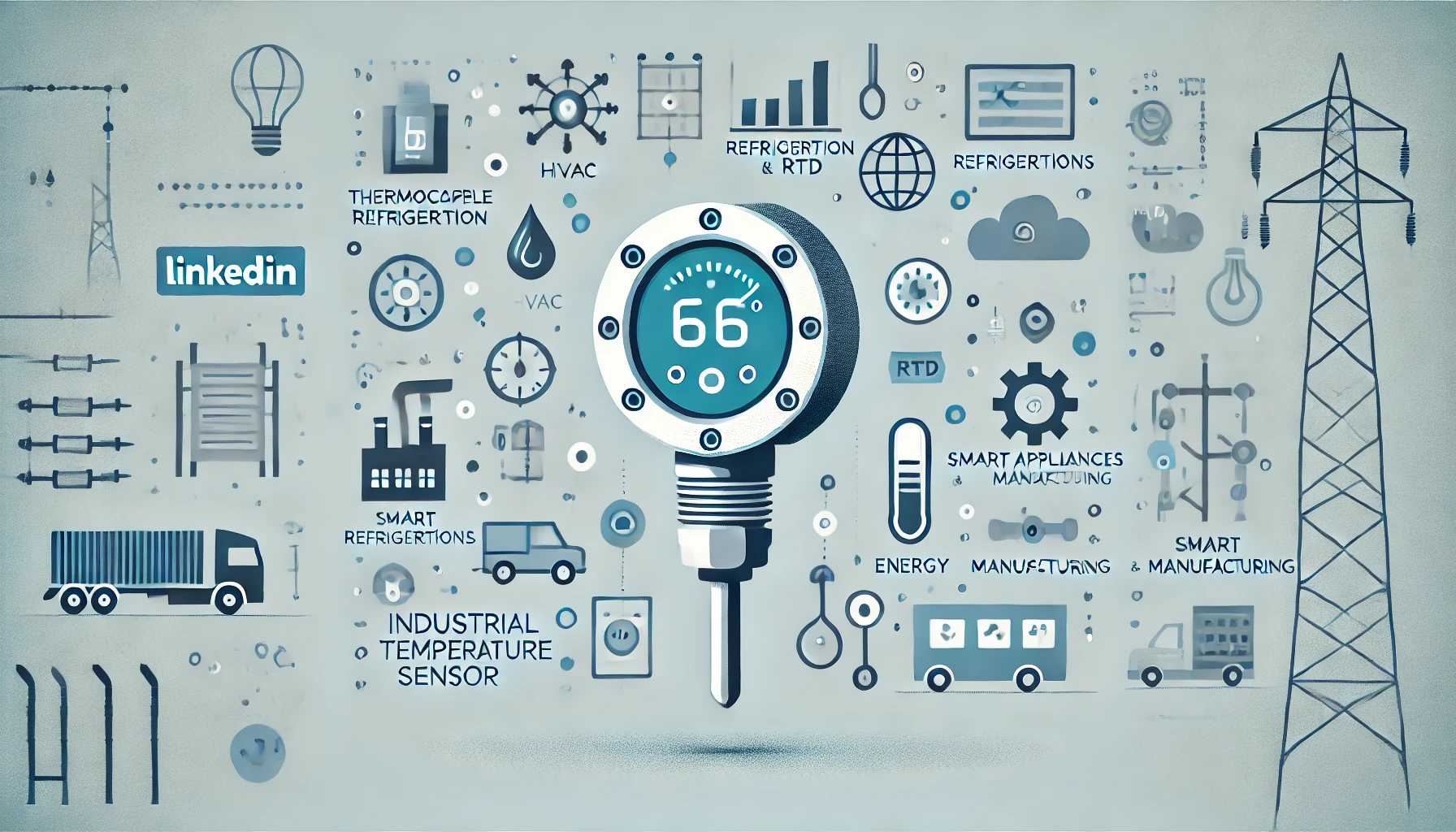Arduino Temperature and Humidity Sensor Project
Abstract
Introduction
The Arduino temperature and humidity sensor project is a popular beginner’s project that allows you to monitor
the temperature and humidity levels in your environment. This project utilizes an Arduino board, a temperature
and humidity sensor, and some basic programming skills to create a simple yet effective monitoring system.
Project Details
In this project, we will be using the DHT11 sensor, which is a commonly used temperature and humidity sensor for
Arduino projects. The DHT11 sensor can measure temperature ranging from 0°C to 50°C with an accuracy of ±2°C,
and humidity ranging from 20% to 90% with an accuracy of ±5%. The sensor communicates with the Arduino board
through a single-wire digital interface.
Circuit Connection
To connect the DHT11 sensor to the Arduino board, follow these steps:
- Connect the VCC pin of the DHT11 sensor to the 5V pin of the Arduino board.
- Connect the GND pin of the DHT11 sensor to the GND pin of the Arduino board.
- Connect the DATA pin of the DHT11 sensor to a digital pin (e.g., pin 2) of the Arduino board.
Code Implementation
Below is an example code snippet to read data from the DHT11 sensor and display the temperature and humidity
values on the Arduino Serial Monitor:
#include <DHT.h>
#define DHTPIN 2
#define DHTTYPE DHT11
DHT dht(DHTPIN, DHTTYPE);
void setup()
{
Serial.begin(9600);
dht.begin();
}
void loop()
{
delay(2000);
float temperature = dht.readTemperature();
float humidity = dht.readHumidity();
Serial.print("Temperature: ");
Serial.print(temperature);
Serial.println(" °C");
Serial.print("Humidity: ");
Serial.print(humidity);
Serial.println(" %");
}
Conclusion
In conclusion, the Arduino temperature and humidity sensor project is a great way to enter the world of Arduino
programming and learn about sensor interfacing. By following the circuit connection and implementing the code,
you can successfully monitor the temperature and humidity levels in your environment. Have fun experimenting
with different sensors and expanding the capabilities of your Arduino projects!





